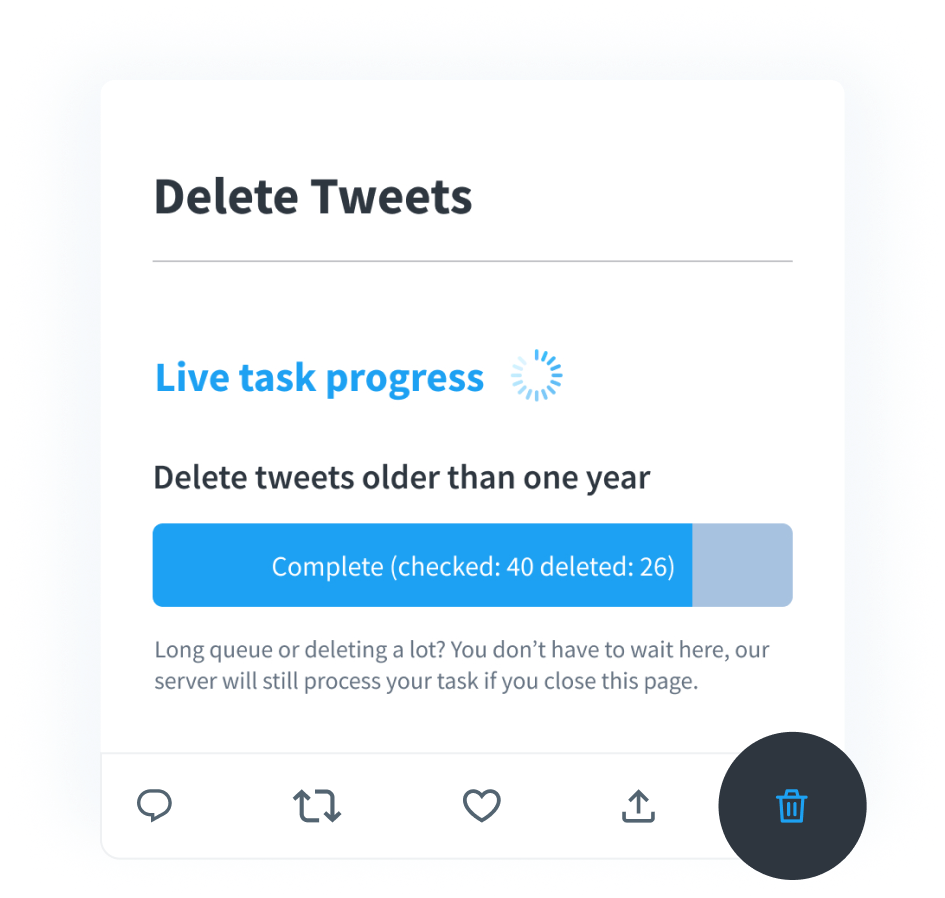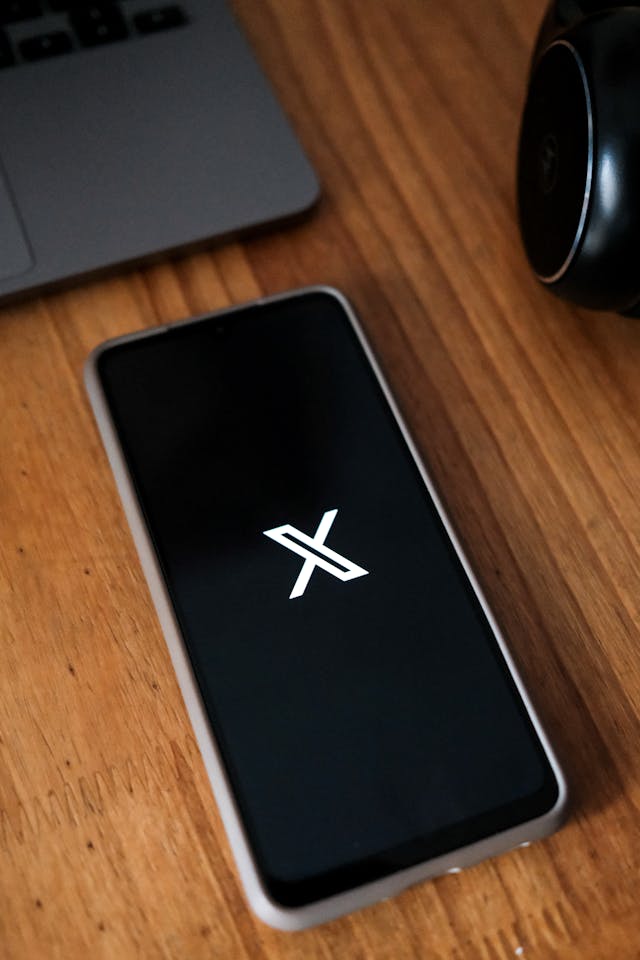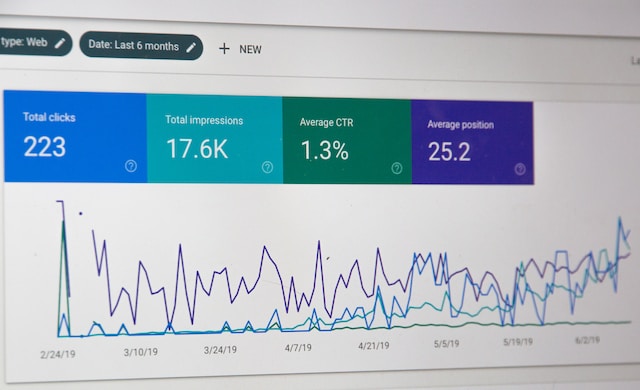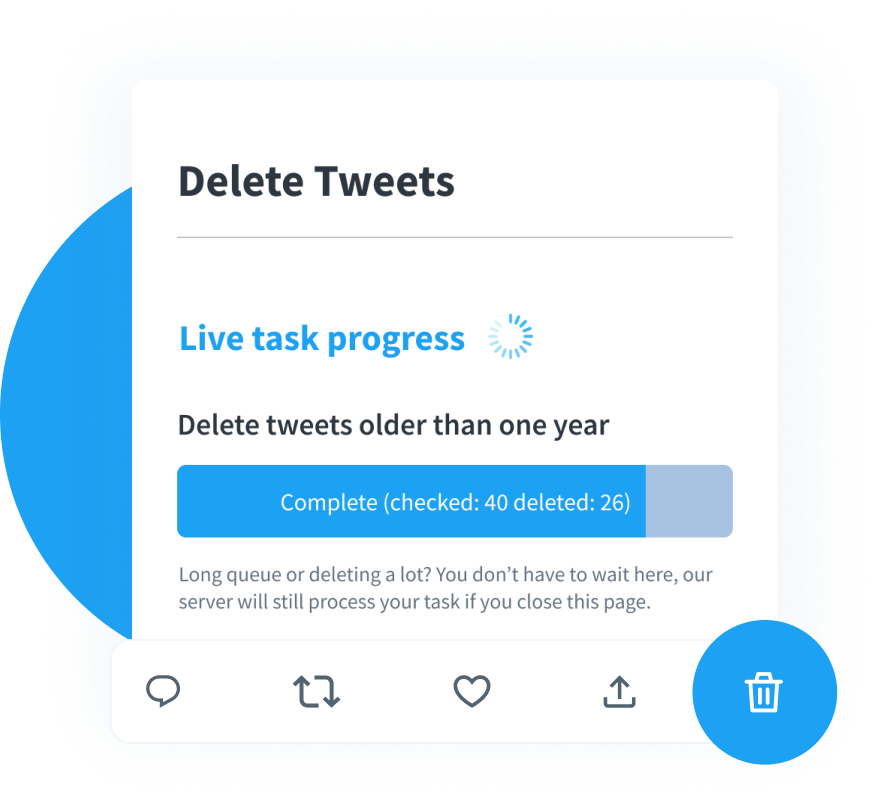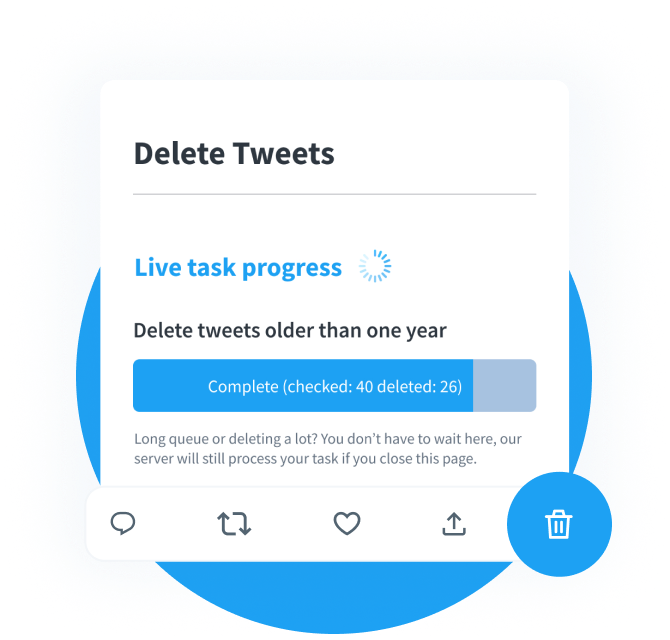Since the new ownership took over Twitter, now X, in October 2022, it has implemented several drastic changes. While most of these changes have created the desired results, others have triggered mostly short-term irregularities. For example, many users met an error code while trying to browse Twitter, aka X, in March 2023. Twitter code 467 appeared when users attempted several actions on the social media platform.
During this episode, the site’s external and internal links remained nonfunctional due to the Twitter API error. Previously, the Twitter API code 467 has functioned as an HTTP response status code, depicting the rejection of users’ requests. But as you’d expect, many speculations followed this occurrence. Well, this guide offers an in-depth look into the issue, covering the topic of spam, suspension, and restrictions.

Table of Contents
What Is the Twitter Error Code 467 and What Does It Represent?
Twitter code 467 appeared on the social media platform in early March 2023. This error caused some disruptions, mostly about the feature that supports sharing links on the platform. It also disrupted the function of embedded Twitter links on other websites and blogs. Still, questions about this error occasionally plague X, formerly Twitter.
This Twitter API code initially appeared when the platform had limited users from accessing content. This limit could arise from a suspension or account restriction. The code signaled a request denial, an HTTP response from the website. This code is popular on Twitter as the “User is Suspended” error because it mostly results from a user’s suspension.
On a usual day, this kind of error code is a major sign that your account is in danger. Therefore, you must take care when this happens due to the increased risks of account loss.
However, the resurgence of this error code and its interruption of normal user activities had no links with account suspensions. Instead, it had more connections to an issue with the social platform’s functionality. This issue manifested when users attempted to open links from the Twitter app and the website.
When users tried opening links on the platform, the following error message appeared:
{“errors”:[{“message”: “Your current API plan does not include access to this endpoint, please see https://developer.twitter.com/en/docs/twitter-api for more information,” “code”:467}]}.
Besides the in-app errors, embedded links were also not working as they should. Attempts to follow embedded pages from other websites led to the same error message. Fortunately, the issue did not persist for long before the company quelled it.
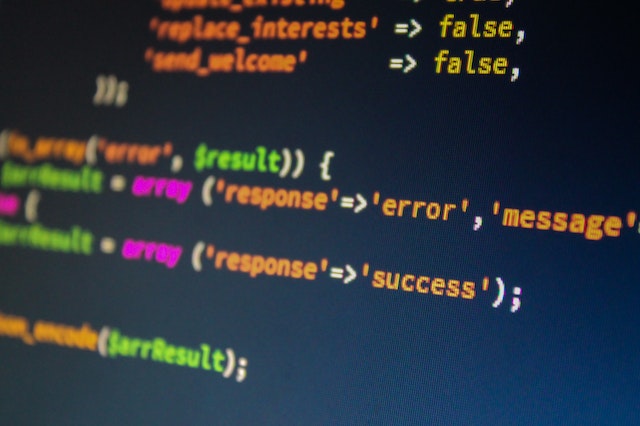
What Was the Verdict on the Twitter Error Code 467? What Did the Company Say?
Shortly after Twitter code 467 started causing problems on the platform, the company shared information on the issue. The social media company relayed that this error resulted from unintentional changes to a part of its systems. The company stated, “Some parts of Twitter may not be working as expected right now. We made an internal change that had some unintended consequences. We’re working on this now and will share an update when it’s fixed.”
Many experts jumped in on the issue. Most insisted that the problem may have resulted from a discrepancy with the platform’s internal link shortener. Generally, the social media company shortens every link on the platform to its “https://t.co” version. However, only the platform possesses the systems that redirect the shortened links. Thus, many experts believe that a breakdown in those systems triggered this error code.
Overall, this API change had severe ramifications on the platform’s workability. It immediately misconstrued the Twitter code 467, misappropriating its function and stopping millions of users from following links and embeddings. Remember that the error message states users’ API plans may not include access to the current endpoint. It was generally useful for limiting accounts that violated Twitter or X policies.
After its sudden resurgence in March 2023, the error code has remained out of sight. Despite the significant changes on the platform, it has disappeared for good. Only suspended accounts may face the error code when the platform decides to kick them off.

Does a Twitter Account Suspension Trigger the Twitter Code 467? Also, What Causes Suspensions?
On a regular day, the Twitter code 467 results from specific limits on certain accounts. The code appears when X, formerly Twitter, restricts these accounts from accessing certain content on the platform. Well, a Twitter account suspension is the primary cause of the limit that triggers the error code. However, users may sometimes be unsure which activities warrant suspensions on social media platforms.
Spam on Twitter Warrants a Suspension
Spam on Twitter is one of the most recurring and common reasons for user suspensions from the platform. Spam occurs in a lot of different forms and triggers drastic measures. Of course, X, formerly Twitter, considers this activity dangerous and harmful because it manipulates the discussion, creating nonexistent impressions. Several actions constitute spam on the platform; they include:
- Continuously posting content and sharing multiple updates to undermine, create, or manipulate trends on Twitter, aka X.
- Sending many unsolicited mentions and requests.
- Buying account interactions and artificially boosting post engagement and account interactions such as likes, reposts, and followers.
- Steadily sharing duplicate content multiple times on a single account.
- Creating multiple duplicate accounts, creating fake accounts, and boosting impressions.
When the platform suspends your account due to spam activities, requesting creation actions triggers the Twitter code 467.
Suspension From Breaking Safety Rules Prompts the Twitter Code 467
Sharing content that violates the safety rules on Twitter, aka X, could lead to a suspension from the social media platform. Multiple violations include violent and hateful content, sensitive media, and illegal products and services. When the platform suspends an account based on safety violations, using it may also result in the Twitter code 467.
Promoting suicide and self-harm, human exploitation, and other associated violations could also cause the platform to suspend your account. These are some critical origins of the error code.
Violations of Privacy Policy Cause Account Suspensions on X
When Twitter or X suspends your account for violating its privacy policy, attempted use triggers this error. Privacy concerns arise when users share other people’s details, like home addresses and phone numbers, without permission or authorization. Threats to expose such information also pose a violation of this policy. Thus, when the platform suspends users’ accounts on these grounds, it limits usage, which triggers the Twitter code 467.
Non-consensual nudity also violates the privacy policy. This includes sharing intimate videos or pictures of someone without their consent. Finally, account compromise is a violation of this Twitter policy. It involves using details, passwords, keys, tokens, and cookies to access and modify other users’ accounts.
Authenticity Violations Could Lead to the Twitter Error Code 467
X, formerly called Twitter, places much attention on the issue of authenticity. Of course, it recognizes that these violations can be quite dangerous and harmful to other users. The company’s owner recently announced that any parody account must have the phrase “Parody” in its name. This is to indicate that the account is not the original individual’s. Nonetheless, several actions pose violations of the authenticity rule.
First, platform manipulation and spammy activities are the foremost threats to authenticity on X, aka Twitter. It occurs when a user artificially amplifies or suppresses information misleadingly. Besides that, misleading and deceptive identities also pose an authenticity violation. This includes impersonation and fake identities which interfere with other users’ experience on the platform. Suspensions resulting from these violations lock users out, creating the Twitter API code 467 when they attempt to use the account.
Third-Party Advertising Using Video Content Poses Violations
Twitter, now called X, requires users not to submit, display, or post video content involving third-party advertising. This involves sharing sponsorship graphics and pre-roll video ads without obtaining prior permission. Again, the social media platform suspends accounts that violate this rule. While you may still access your profile shortly after a suspension, the Twitter error code 467 may prevent further interactions.
Again, the Twitter API code 467 usually appears when the platform limits your account. This action limits you from accessing content until the suspension becomes permanent or the platform lifts it. Of course, the social media service has created alternative ways to stop suspended users from browsing the platform. Therefore, the error code is no longer as prevalent as it was. Its recent resurgence resulted from an inter issue that went away quickly.
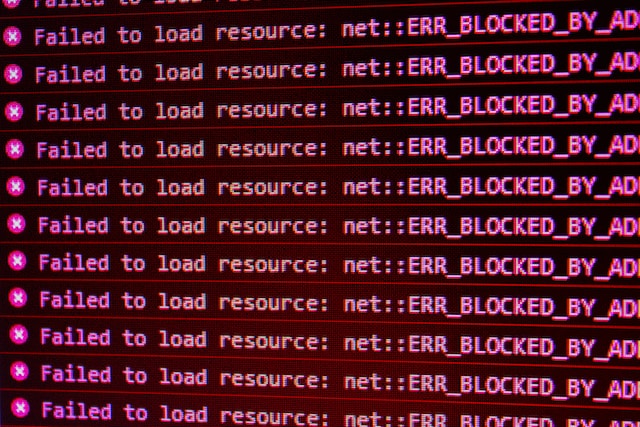
Do Twitter Restrictions Also Trigger the Twitter Code 467?
While you may get the Twitter code 467 on your account after a suspension, other causes may also exist. In some cases, social media platforms like Twitter only restrict user accounts. These restrictions, mostly temporary, accompany minor violations that do not warrant permanent suspensions on X. Usually, both actions place some limits on accounts, but to different degrees. There is some confusion about Twitter restrictions causing the appearance of the error code.
Unfortunately, restrictions on Twitter accounts could also trigger this error code, limiting your account activities. However, certain restrictions that only lock your account for definite periods do not greatly affect users this way. Since they’d regain access to their accounts after that restriction period, the error code does not necessarily cause much trouble.
With a temporary Twitter restriction, all your account features become active when the platform lifts the bans. However, when the suspension persists indefinitely, you may lose account access. If the restriction is permanent, you may have to create another account.
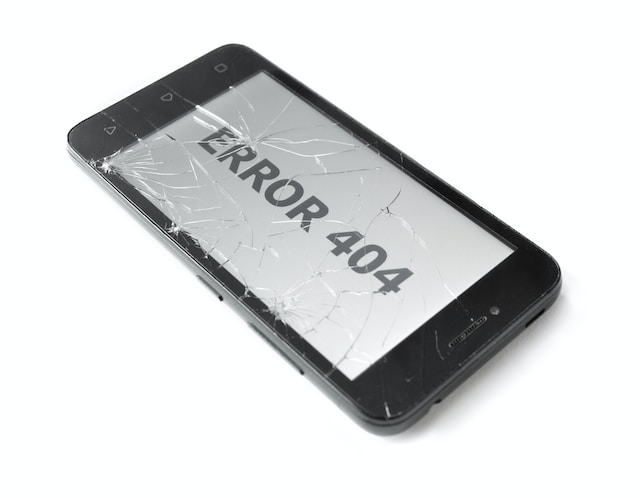
What Are Other Common Twitter Error Codes and What Do They Mean?
While the Twitter error code 467 has become one of the most popular error messages, several others exist. These error codes respond when the application encounters problems while executing actions for users and developers. Usually, errors follow the same patterns but may also be a bit different.
Well, here are the most common error codes on Twitter and their meanings:
- 32: Could not authenticate your account.
- 34: Page does not exist.
- 88: Twitter rate limit exceeded.
- 99: Cannot verify credentials.
- 131: Internal error.
- 151: Error sending a message.
- 185: Status update limit reached.
- 205: Spam reports limit exceeded.
- 215: Bad authentication data.
- 231: The user account must verify their login.
- 325: A media ID is unfindable.
- 416: Suspended or invalid application.
- 407: Invalid URL.
- 386: Post exceeds the allowed number of attachment types.
- 385: Attempt to reply to a deleted post.
- 355: Already existing subscription.
- 354: Exceeded the Twitter or X post character limit.
While many other error codes exist on Twitter, these are some of the commonest and most important. Like Twitter code 467, many of these error codes result from the company’s actions against policy violators. Therefore, it is essential to scan your account from time to time. Also, removing posts that may violate the social media company’s policy could be necessary. Deleting a few posts may not be enough.
TweetDelete allows you to remove these problematic posts in bulk. It is a third-party web service that performs highly specific deletion tasks for posts on X, formerly Twitter. While it uses account archives to bypass the API limit, it does not spam user timelines. Start filtering and cleaning your Twitter timeline today!
